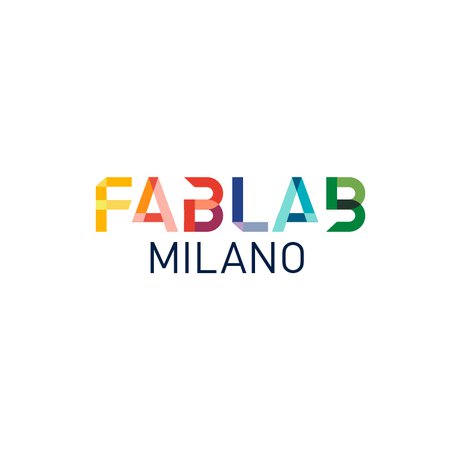Well being tracking device for seniors with Intel Edison.
- 0 Collaborators
Address the issue of elderly people's health. Our vision is to create an open source health tracking device with an emergency call option. ...learn more
Overview / Usage
How it works:
The setup we’ve build have the following functionality:
- On demand heart rate meter with feedback LED.
- Haptic reminders about considering taking a measurement
- GPS location on demand and geofencing
- “Require assistance” switch
- Activity tracking with pedometer
- Wi-fi connectivity
- Data visualisation from the web browser
For heart rate we’ve used the pulse sensor and depending on how good the resting BPM is, we will provide an instant feedback with different colors. Green will represent “You’re doing great”, red - “Your pulse is not so good”, blue - “You’re doing OK”. The feedback will last for few seconds. The heart rate will be reported to the dashboard every 5 minutes (if there will be a new measurement).
Vibration motor will switch on for a set interval of time, as a prompt suggesting taking the measurement.
The “require assistance” switch will report its state change to the dashboard immediately after it is activated. GPS location will start updating.
Once we’re gonna leave the geofenced area we will assume that the person might be lost and the device will update the GPS coordinates.
Data flow
The general data flow is presented on the diagram attached. We’re gonna connect all of the sensors along with the switch, feedback LED and vibration motor to the GPIO of the Edison’s Arduino breakout board, then we’ll be running a node.js script that’ll make sense of that data and will provide feedback through LED, give prompts with vibration motor and send the data to the online dashboard via dweet messages at right times.
The cool thing about dweeting is that you don’t have to configure anything or sign in anywhere. You just give a unique thing name to the message, send it and be happy, which makes it lightning fast to prototyping. Security is an issue here, but for the sake of early prototyping is quite sufficient (you can secure dweets but that’ll cost ya ;) ).
To visualize our data we’ll use freeboard.io, a super easy to setup tool for IoT dashboard creation. Public dashboards are free. You’ll just need to sign up at https://freeboard.io/.
Check out the video







